Experiential marketing is a great strategy to get consumers interested in your brand. As you’ve probably guessed, experiential marketing is exactly what it says on the tin: it’s about marketing an experience. A powerful tool in your marketing plan, it can help you raise awareness of your products and create a stronger relationship between your customers and your brand. However, for it to work, the experiences you design must creative, strategic, and unique.
If you’re new to this topic, you might be wondering, “what is experiential marketing, and how does experiential marketing work?” Fear not, my fellow marketers, we are here to help.
In this article we will explain precisely what experiential marketing is, how it works, and how it can benefit your business. We’ll also share a few well-known examples of successful experiential marketing campaigns to illustrate just how powerful this marketing tool can be.
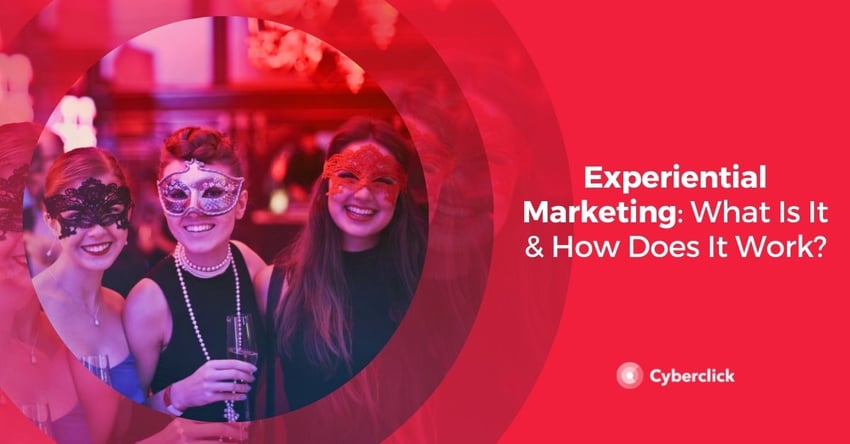
What Is Experiential Marketing?
Experiential marketing is a strategy focused on creating experiences for consumers. The idea behind experiential marketing is to build a closer bond between the consumer and the brand by immersing them in a fun and memorable experience. This might be an event, a party, a pop-up or a unique marketing initiative.
The goal is to create a memorable impact that shows customers not just what you offer, but what you stand for as a brand. You want to give consumers an experience they won’t forget with the hope that those consumers will be inspired to share their positive experience of your brand with their own social networks.
Ultimately, it’s all about creating a fun, immersive, and engaging experience that helps you attract the right kind of attention and stand out from the crowd.
How Does Experiential Marketing Work?
Now you know what it is but how does experiential marketing work? Would it work for your business?
At its heart, experimental marketing is about creating fun experiences that make people remember you. They can help to humanise your brand and create lasting, positive impressions. The more creative you are, the more unique your campaign will be, and the more people will talk about you.
There are a few factors you need to take into consideration before you launch yourself into the magical world of experiential marketing.
- The first stage of any new strategy is planning. What are your goals for this campaign? How will you measure your impact?
- The next stage is research. Take the time to study your market and tailor your campaign accordingly to get the best response from your audience. What does your customer want to experience? What do they expect? How can you connect with them on an emotional level?
- Never forget the importance of maintaining an active online presence, even if the main event will be offline. Frequent interaction is the key to building any relationship. Which platforms will you use to share content? How frequently will you post? Will you be tracking any unique hashtags during your event?
- Last, but definitely not least, be authentic. Create something that you know consumers will enjoy - something unique that is worth sharing. Show your audience that you care about their experience, and that you want them to have a great time. Interact, motivate, inspire and, above all, engage, engage, engage!
Experiential Marketing Examples
The best way to appreciate the power and potential reach of an effective experiential marketing campaign is by looking at those who've gone before. Let’s take a look at a few well-known examples of successful experiential marketing campaigns over the years.
The Friends Cafe
I’m sure most of us either remember or have heard of the 90s hit sitcom, Friends, about a group of 20-something New Yorkers? Well, it may have been almost two decades since the TV show broadcast its final episode, but the brand still lives on.
Up until not long ago, it was possible to visit an exact replica of the Friends Central Perk Cafe. You could order a coffee, sit on the famous orange couch, and take photos to share on social media. The cafe gave people the chance to relive their love of the hit TV series and share their experiences with their friends. Although the cafe has since closed, there are still replicas and pop-up events in cities around the world including Manchester and Shanghai.
Volkswagen: Piano Staircase
Volkswagen also launched a very successful experiential marketing campaign back in 2009 when they turned a subway staircase in Stockholm into a giant piano. Each step/key played a different sound as commuters climbed up and down the stairs, and it didn’t take the public long to tap into the music. Before long there was a notable increase in people using the stairs vs the nearby escalators. The automobile giant had tested a valuable theory known as “The Fun Theory” where people are far more likely to change a behavior (such as taking the escalator) if the alternative looks fun.
What was Volkswagen’s angle? On the surface, it was encouraging the public to make healthier choices and have fun along the way. Fundamentally, it was about motivating consumers to try new things, preparing them for VW’s then-upcoming range of environmentally friendly products.
Pop-Up Shops
Pop-up shops are perhaps one of the most successful examples of an effective experiential marketing campaign. With a pop-up shop, businesses will rent a temporary space, brand it, promote it online, and hold a memorable launch event or party. The goal of a pop-up shop is to create an experience that allows customers to engage with a brand in a new and exciting way.
The most famous example of someone who truly made the most of experiential marketing is Kylie Jenner. She has created a billion-dollar fortune from pop-up events designed to promote her brand and products. Having an Instagram following of 156M also helps.
Shanon es una diseñadora multidisciplinaria especializada en la creación de diversos activos digitales, como campañas digitales, videos o ebooks. Con experiencia en marketing digital y inbound marketing, Shanon destaca en el desarrollo de landing pages y webs para clientes usando HubSpot.
Front-End Developer & Graphic Designer. Shanon is a multidisciplinary designer specialized in creating diverse digital assets, including digital ads, videos, ebooks, and more. With a background in digital and inbound marketing, Shanon excels in developing impactful landing and web pages for clients using HubSpot.

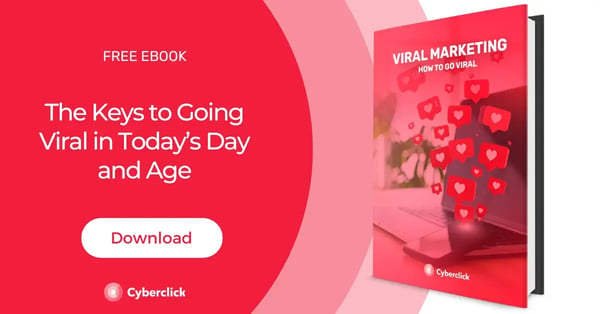

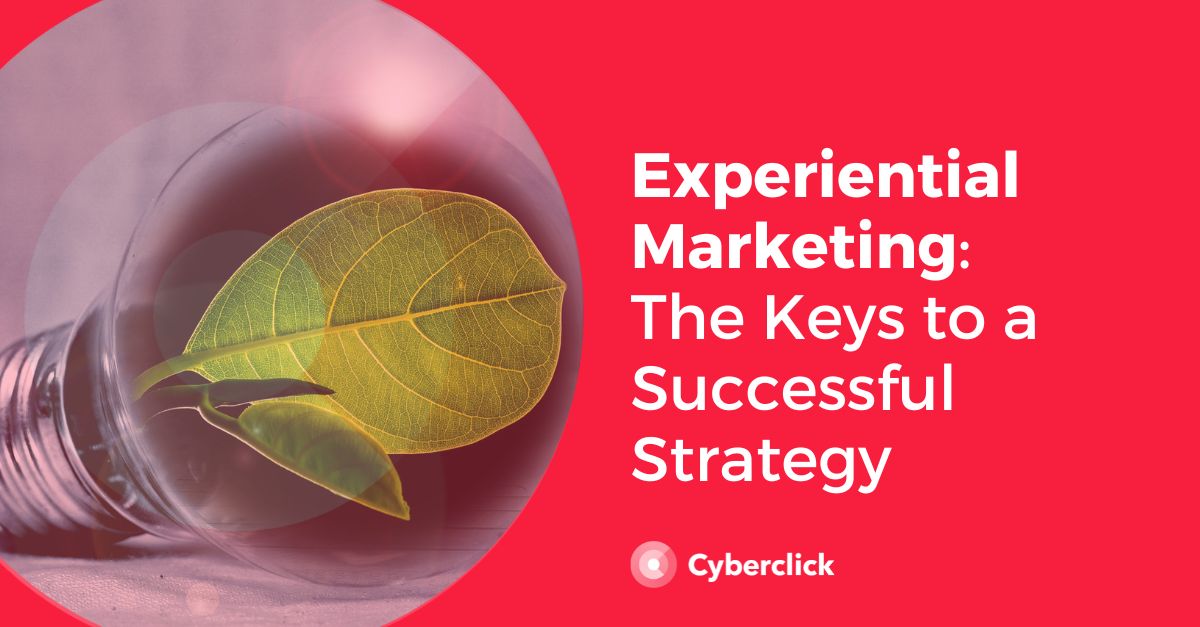
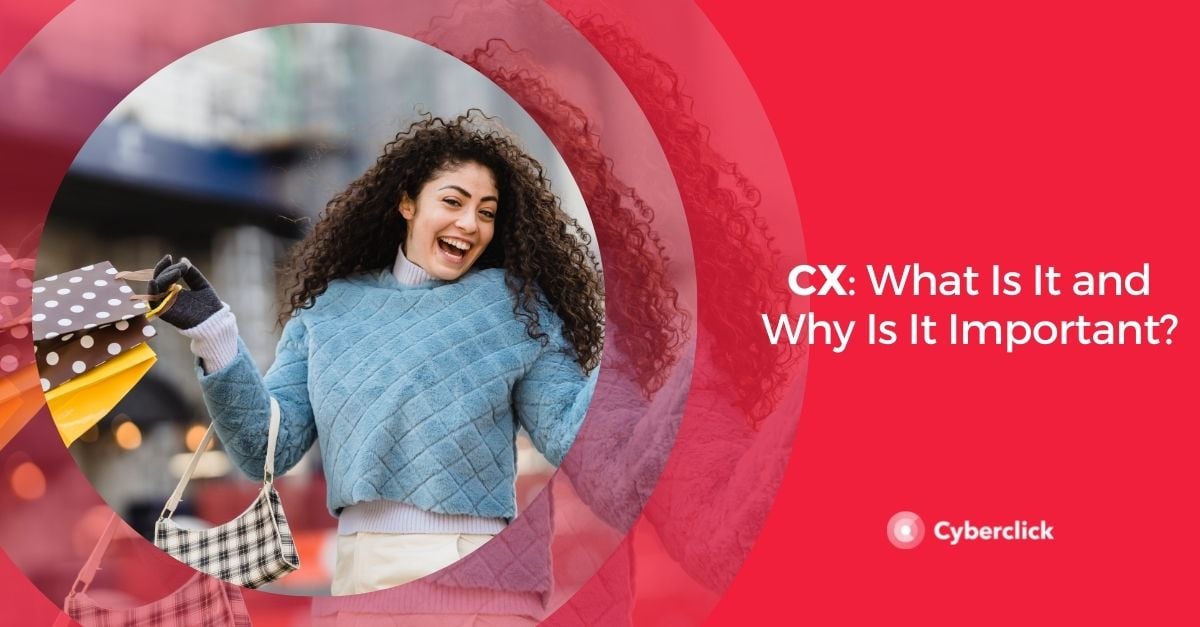
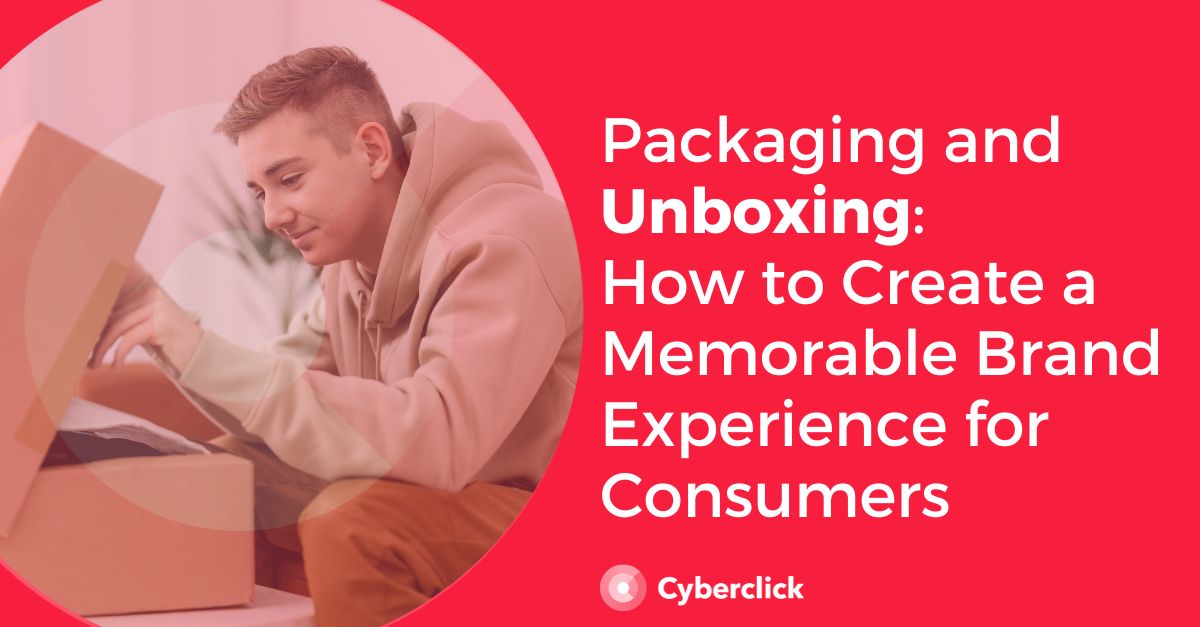
Leave your comment and join the conversation